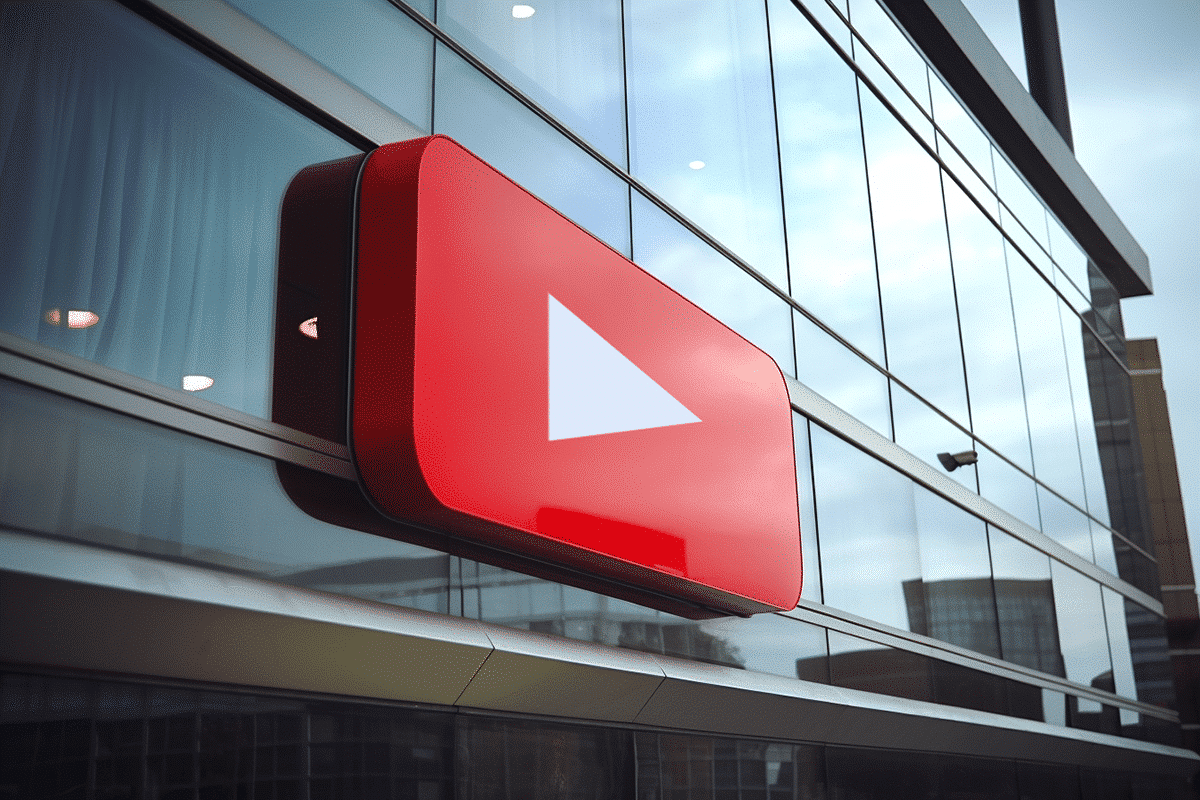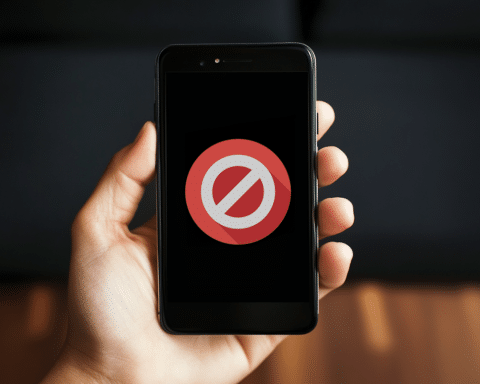YouTube has announced a significant update for its creators, mandating the labeling of artificial intelligence (AI)-generated content in videos starting from Monday. This move is part of YouTube’s broader initiative to enhance transparency regarding content that could potentially confuse or mislead users.
Creators uploading videos to the platform will now encounter a checklist prompting them to identify whether their content features AI-generated elements, such as realistic scenes, altered footage, or manipulated actions by real individuals. This measure is designed to address concerns raised by online safety experts regarding the increasing prevalence of synthetic content across various online platforms, particularly in light of upcoming elections in 2024.
The labeling requirement extends to content created with YouTube’s own generative AI tools, introduced in September, ensuring clear identification of such videos for viewers. However, creators will not be obliged to disclose AI-generated elements that are clearly unrealistic or inconsequential, such as minor animations or color adjustments.
YouTube’s decision to implement these measures comes amid growing apprehension surrounding the potential misuse of AI-generated content to spread misinformation or deceive audiences. The platform aims to mitigate these risks by enabling viewers to differentiate between genuine and synthetic content effectively.
To enforce compliance, creators failing to label AI-generated content appropriately may face penalties, including content removal or suspension from YouTube’s Partner Program, which enables monetization of their content.
Upon reporting AI-generated content, YouTube will append a label in the video description, indicating the presence of “altered or synthetic content” and highlighting significant digital edits or enhancements. For videos addressing sensitive topics like politics, these labels will be more prominently displayed on the video screen.
The implementation of these labeling requirements reflects YouTube’s commitment to fostering a safer and more transparent online environment, particularly amidst the proliferation of advanced generative AI tools. By enhancing awareness and understanding of AI-generated content, YouTube aims to empower users to make informed decisions about the content they consume.
While the new policies aim to address concerns surrounding the potential misuse of AI-generated content, YouTube acknowledges that they are not without challenges. Balancing transparency with the creators’ creative freedom and ensuring the effectiveness of enforcement mechanisms remain ongoing priorities for the platform.
YouTube’s decision to mandate the labeling of AI-generated content represents a significant step towards enhancing transparency and combating misinformation on its platform. By empowering users with clear information about the nature of the content they encounter, YouTube aims to uphold its commitment to fostering a safe and trustworthy online community.




